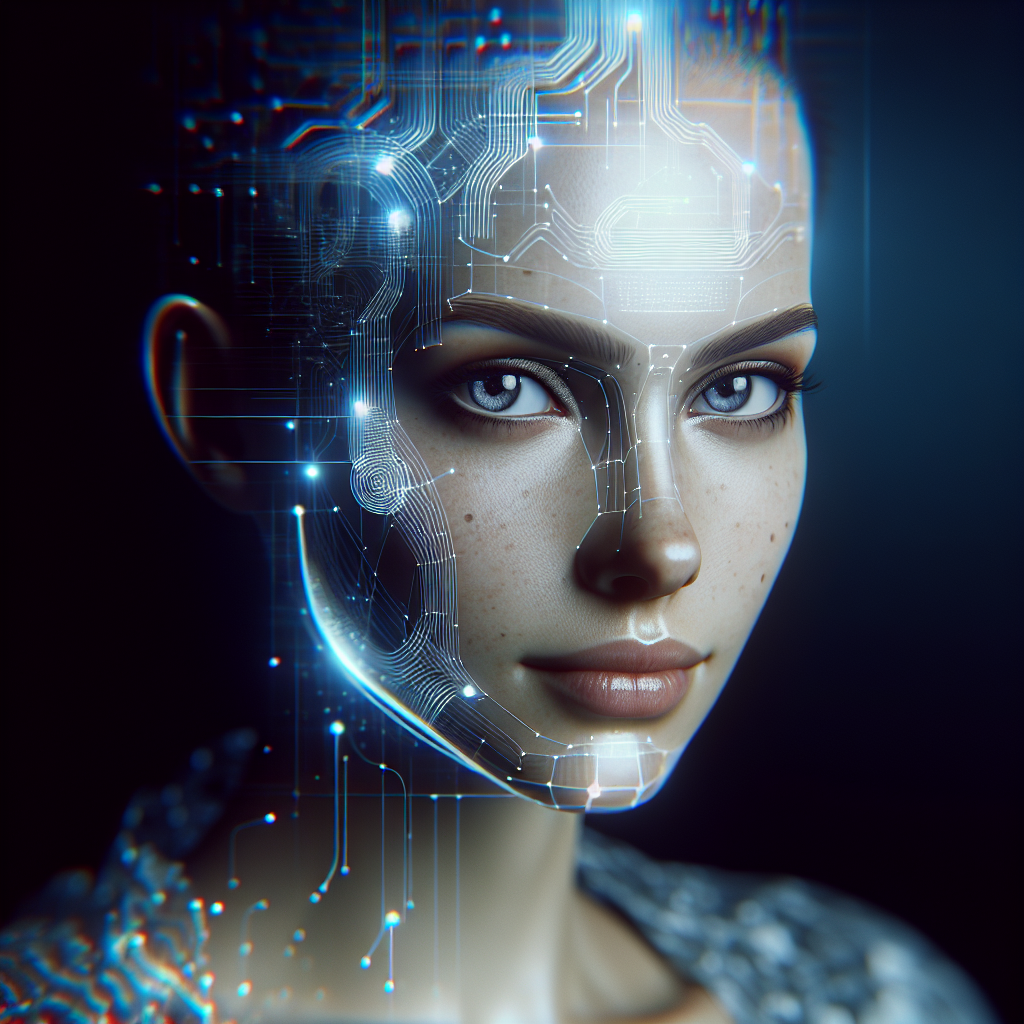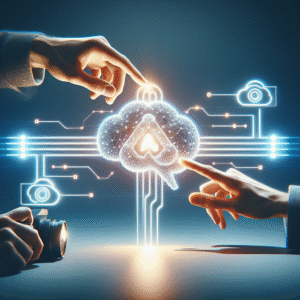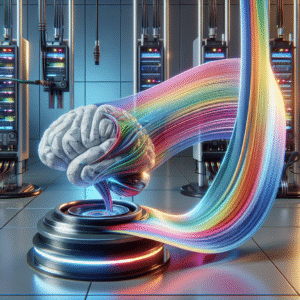Navigating the Future: 10 AI Trends That Will Shape 2026 and Beyond
Table of Contents
- Introduction
- 1. Hyper-Personalization
- 2. AI in Healthcare
- 3. Autonomous Systems
- 4. Natural Language Processing (NLP)
- 5. AI Ethics and Regulation
- 6. AI in Cybersecurity
- 7. AI Augmented Workforce
- 8. AI and Sustainability
- 9. AI-Driven Creativity
- 10. Quantum Computing and AI
- Conclusion
Introduction
As we look toward 2026, the world of artificial intelligence (AI) is changing faster than ever, reshaping industries and altering our day-to-day lives in ways we might not even realize yet. A recent report from Gartner suggests that AI could pump a whopping $15.7 trillion into the global economy by 2030. Kind of mind-boggling, right? It really highlights how crucial it is for us to get a grip on the trends driving this transformation.
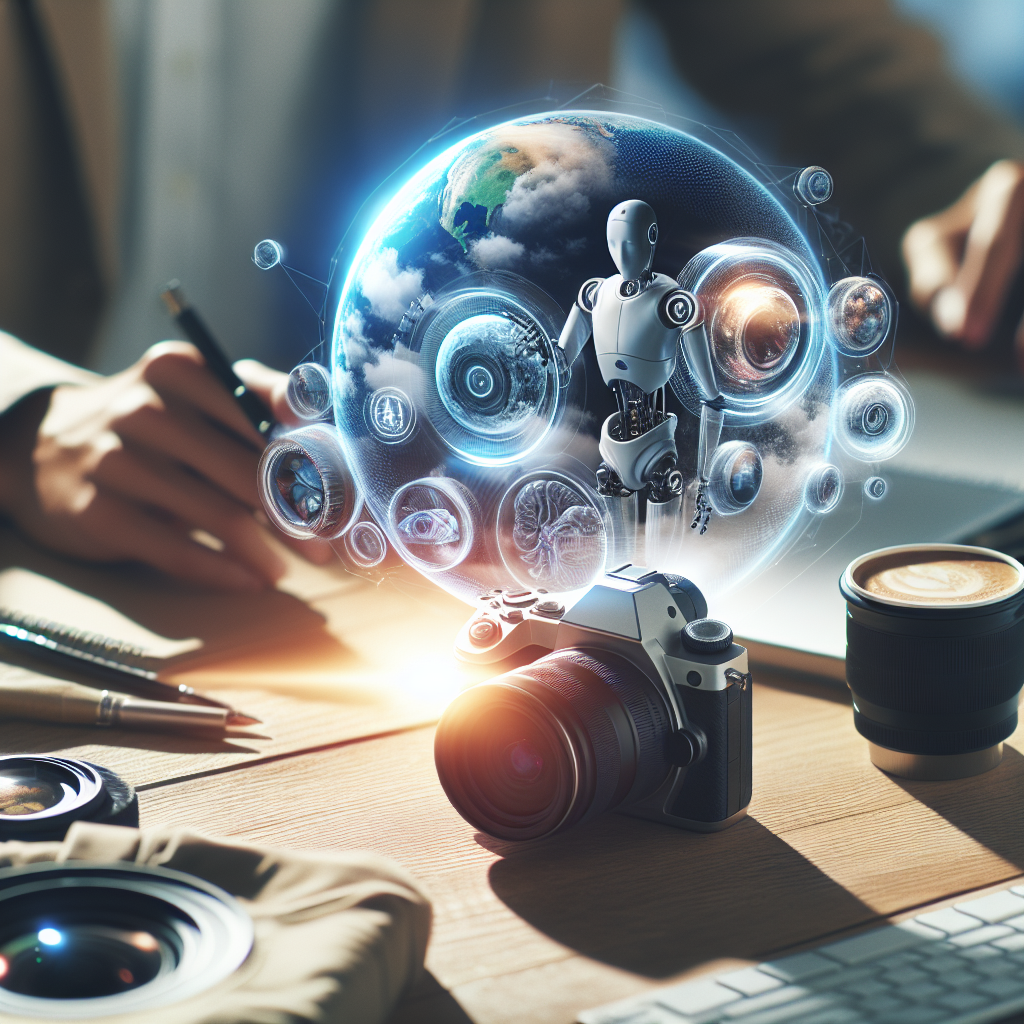
Just picture this: your personal shopping assistant knows your taste better than you do, healthcare is transformed by smart algorithms that predict outcomes, and businesses run like well-oiled machines thanks to AI automation. These aren’t just sci-fi fantasies; they’re becoming our everyday reality!
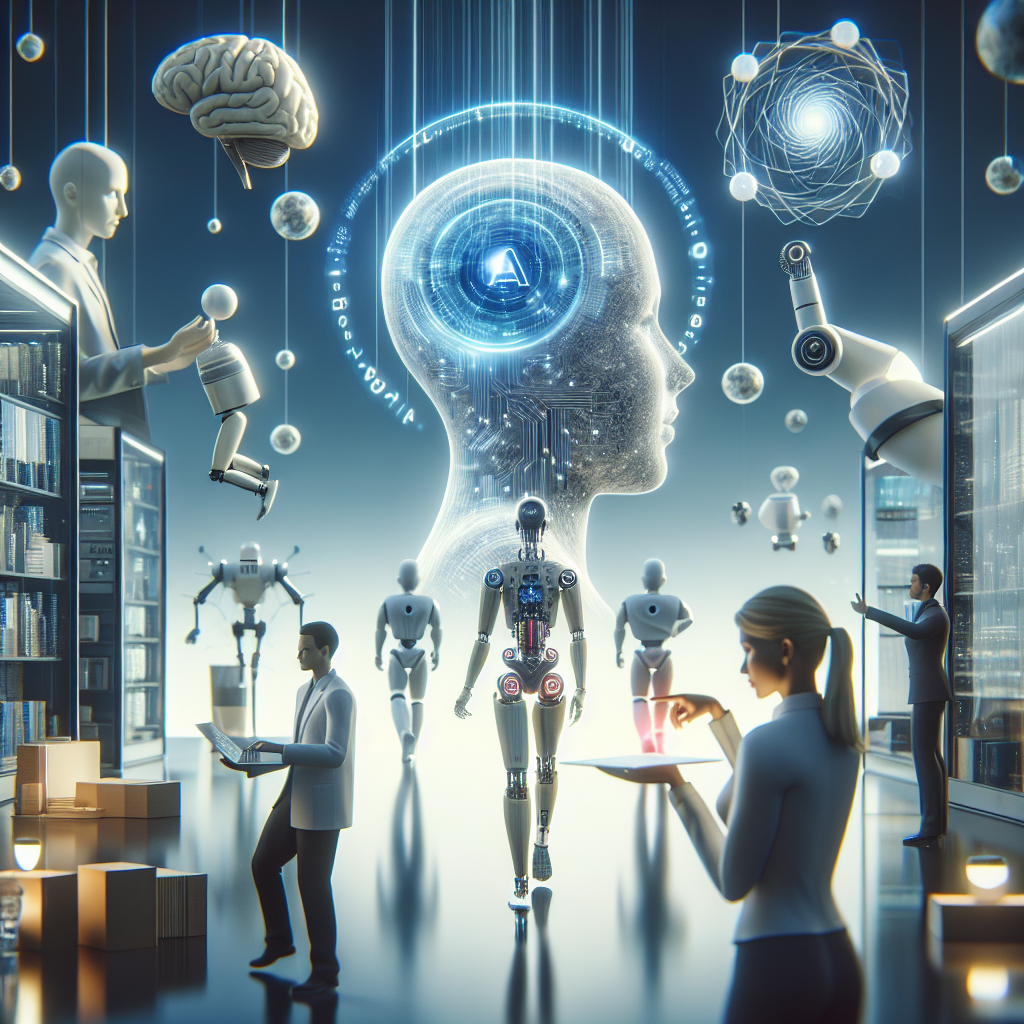
In this post, we’ll dive deep into the top 10 AI trends that are set to shape 2026 and beyond. Whether you’re a tech buff, a business leader, or just someone curious about what’s coming, this guide will shed light on the exciting paths AI is paving for us.
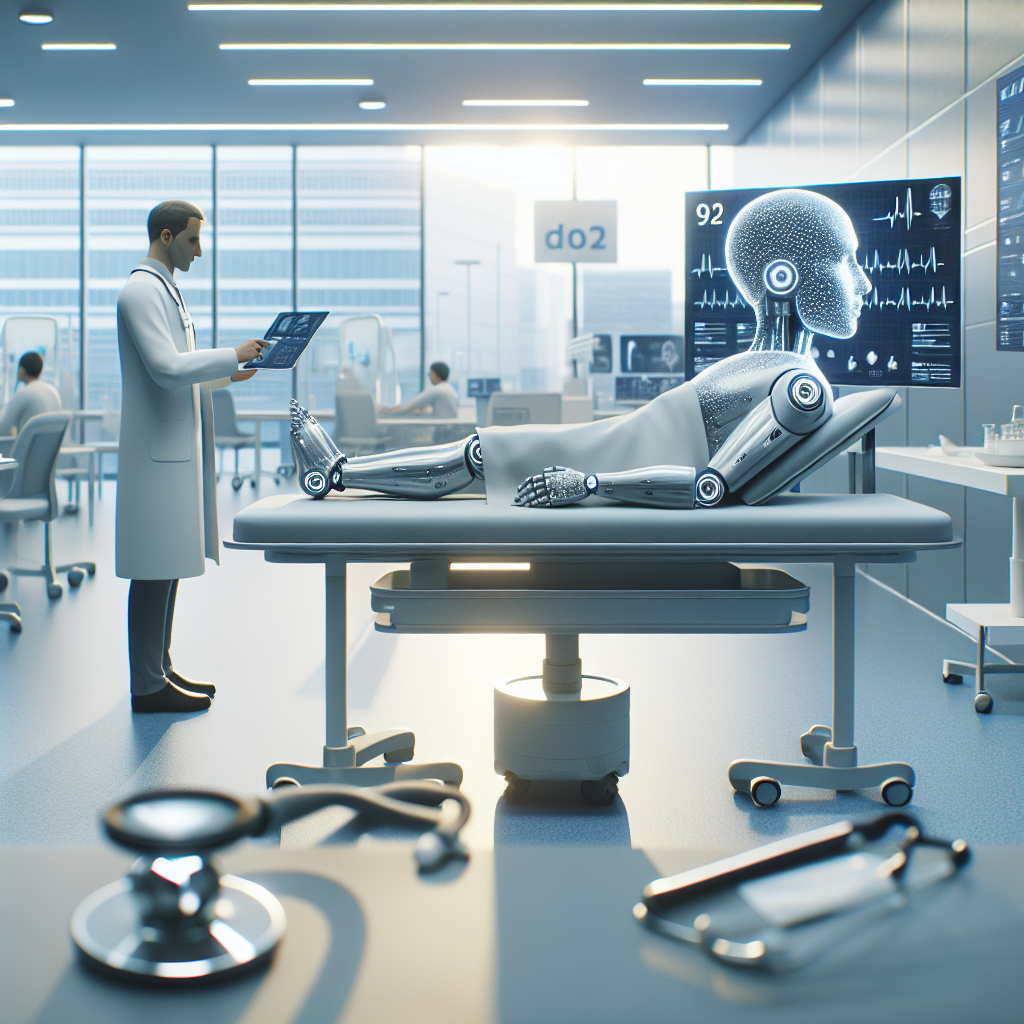
1. Hyper-Personalization
Hyper-personalization is all about using AI and data to create experiences tailor-made for each user based on their preferences and habits. By 2026, we’ll see businesses really ramping up their use of hyper-personalization to keep customers engaged and loyal.
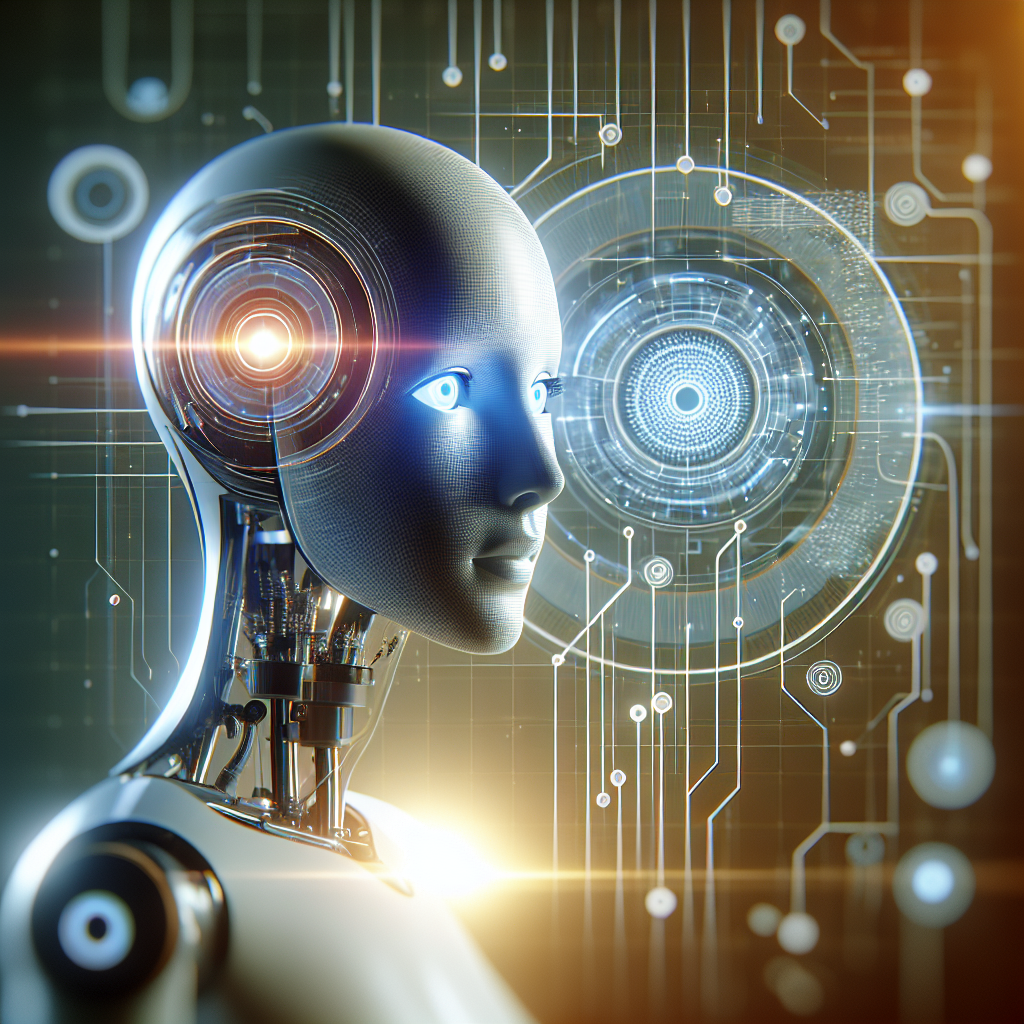
Impact on Marketing
In marketing, AI-driven insights will help brands craft personalized content, suggest products, and even tailor ads to specific audience segments. Think about platforms like Shopify, which are already leveraging AI to analyze customer data and offer spot-on shopping recommendations.
Customer Experience Enhancement
On the customer service front, AI systems will analyze feedback in real-time, enabling businesses to tweak their offerings on the fly. This kind of responsiveness is what keeps customers happy and coming back for more.
Actionable Tip
If you’re in business, now’s the time to invest in AI tools that focus on data analysis and customer segmentation to really nail those hyper-personalized strategies.
2. AI in Healthcare
AI is gearing up to revolutionize healthcare, from improving diagnostics to crafting better treatment plans and managing patient care. With more medical data at our fingertips, AI can sift through mountains of information to uncover patterns that even seasoned practitioners might overlook.
Predictive Analytics for Better Outcomes
Thanks to predictive analytics, healthcare providers can anticipate complications before they happen, paving the way for proactive treatment. For instance, some AI systems are already predicting patient deterioration by analyzing historical data.
Telemedicine and AI Integration
With the rise of telemedicine—exponentially accelerated by the COVID-19 pandemic—AI tools are becoming key players in remote consultations, making healthcare more accessible and efficient.
Actionable Tip
If you’re in the healthcare field, keep your fingers on the pulse of the latest AI technologies. Partnering with tech firms could really help improve patient outcomes.
3. Autonomous Systems
Autonomous systems, like self-driving cars and drones, are on track to become much more common by 2026. These systems use AI to navigate and make decisions without needing a human behind the wheel.
Transportation Revolution
The automotive industry is in the midst of a major shift thanks to autonomous vehicles. Companies like Tesla and Waymo are leading the charge, working tirelessly to make our roads safer and more efficient.
Drones in Logistics
Drones are also shaking up logistics and delivery services by enabling faster, more efficient transport of goods. Major retailers are running tests for drone deliveries—just imagine getting your orders from the sky!
Actionable Tip
If you’re in logistics, consider teaming up with tech companies to integrate autonomous systems into your operations. This could help cut costs and boost delivery speeds.
4. Natural Language Processing (NLP)
NLP focuses on how computers and humans communicate through natural language. By 2026, we’re going to see some significant leaps in NLP, resulting in smarter chatbots and virtual assistants.
Enhanced Customer Support
More and more companies will deploy AI-powered chatbots for customer support, providing round-the-clock assistance and cutting down on wait times. These chatbots will be able to grasp complex questions and deliver precise answers.
Content Creation and Curation
NLP will also have a huge impact on content generation, allowing businesses to automate the creation of articles, reports, and marketing materials based on specific guidelines.
Actionable Tip
Organizations looking to streamline customer interactions and content creation should definitely consider investing in NLP technologies.
5. AI Ethics and Regulation
As AI technologies continue to spread, ethical considerations and regulatory frameworks will become vital. By 2026, it’ll be essential for organizations to prioritize ethical AI practices to gain users’ trust.
Understanding AI Bias
It’s important to remember that AI systems are only as good as the data they learn from. Being aware of AI bias is crucial—biased algorithms can lead to unfair outcomes. Companies need to have strategies in place to identify and reduce biases in their AI systems.
Regulatory Compliance
Governments worldwide are starting to put regulations around AI usage. Keeping up with these rules will be necessary for businesses to avoid any potential penalties.
Actionable Tip
Organizations should craft ethical guidelines for their AI use and invest in training programs to ensure that employees understand the implications of deploying AI.
6. AI in Cybersecurity
Given the rising number of cyberattacks, AI is becoming indispensable in the cybersecurity arena. By 2026, AI will play a critical role in spotting threats and responding to incidents in real time.
Proactive Threat Detection
AI algorithms can analyze network behavior and spot anomalies that may indicate looming threats, allowing organizations to act before any damage is done. This proactive mindset is vital for keeping security tight.
Automation of Security Protocols
AI will also take over many security processes, such as incident response and threat hunting, freeing cybersecurity professionals to tackle more complex challenges.
Actionable Tip
Investing in AI-driven cybersecurity solutions can greatly strengthen your defenses against the ever-evolving threat landscape.
7. AI Augmented Workforce
The idea of an AI-augmented workforce means that human employees and AI systems will collaborate to boost productivity and efficiency. By 2026, this concept will be the norm in various industries.
Collaboration Over Replacement
Rather than taking jobs away from humans, AI will enhance their abilities, allowing them to focus on higher-order tasks that need creativity and critical thinking. This shift promises to create a more skilled workforce.
Training and Skill Development
As AI continues to grow, organizations will need to invest in training that equips employees with the skills to work alongside AI systems effectively.
Actionable Tip
Employers should cultivate a culture of continuous learning and provide training opportunities for employees to thrive in an AI-enhanced work environment.
8. AI and Sustainability
AI is set to play a pivotal role in advancing sustainability initiatives across various sectors. By 2026, organizations will harness AI to minimize their environmental impact and optimize resource use.
Energy Efficiency
AI can scrutinize energy consumption patterns and suggest ways to optimize usage, helping businesses shrink their carbon footprint. Smart grids and AI-driven energy management systems are already making waves.
Sustainable Supply Chains
AI can also improve supply chain efficiency by forecasting demand and optimizing inventory, helping to minimize waste and resource consumption.
Actionable Tip
Businesses should look into AI technologies focused on sustainability and think about implementing them to boost their environmental performance.
9. AI-Driven Creativity
AI is starting to leave its mark in creative fields like art, music, and writing. By 2026, AI-driven creativity will become a significant player in content creation.
Generative Design in Art and Architecture
AI algorithms can create unique designs and artworks by analyzing existing styles and trends. This technology is shaking up the creative process, allowing artists to explore uncharted territory.
Music Composition
AI is also getting involved in music composition with tools that can whip up original pieces based on user input. This opens up exciting new possibilities for musicians and composers.
Actionable Tip
Artists and creators should give AI tools a shot to enhance their creative processes and explore innovative forms of expression.
10. Quantum Computing and AI
The blend of quantum computing and AI is an emerging trend that promises incredible possibilities for the future. By 2026, advances in quantum computing will empower AI systems to process data at speeds we can barely imagine right now.
Data Processing Revolution
Quantum computing will supercharge AI’s capability to analyze complex datasets, leading to breakthroughs in fields from drug discovery to climate modeling. The potential for innovation is simply off the charts.
Solving Complex Problems
Many challenges that seem impossible to tackle with classical computing might just become solvable with quantum AI, paving the way for exciting developments in research and development.
Actionable Tip
Organizations should keep an eye on developments in quantum computing and think about how they can harness this technology alongside AI for a competitive edge.
Conclusion
The AI trends we’ll see shaping 2026 aren’t just techy advancements—they represent a fundamental transformation in how we live and work. From hyper-personalization to the exciting integration of quantum computing, these trends are set to influence both industries and everyday life. It’s essential for businesses and individuals to understand these changes and prepare accordingly if they want to stay ahead of the curve.
As we embrace these trends, remembering to approach them with a focus on ethics, sustainability, and ongoing learning is vital. This way, we can ensure that AI acts as a force for good, driving progress that benefits society as a whole.
If you’re looking for more insights on AI trends and tips on how to navigate the future, be sure to subscribe to our newsletter and stay in the loop!

